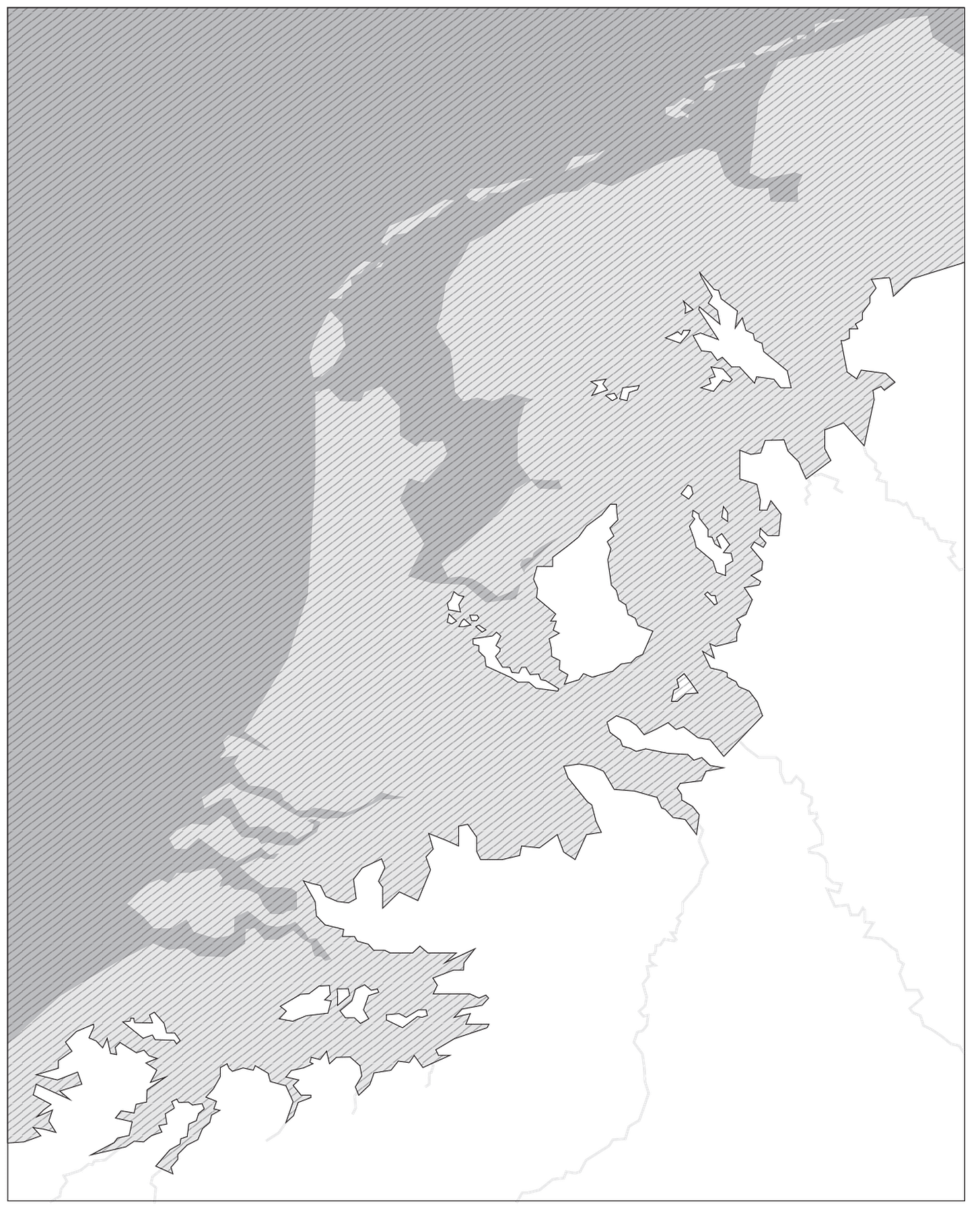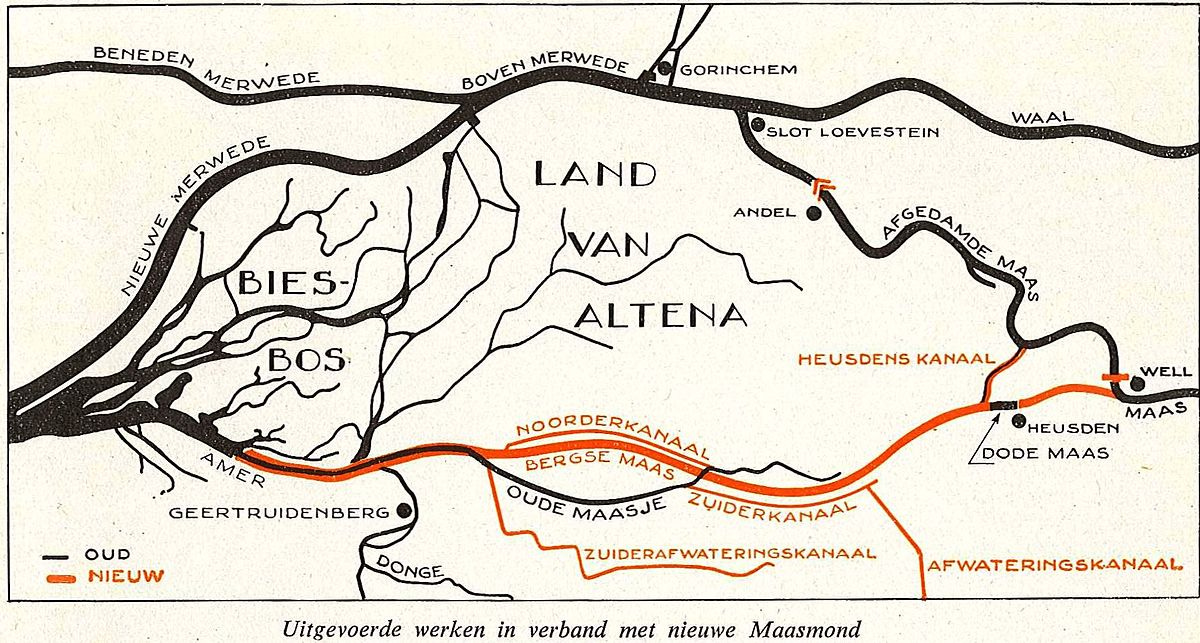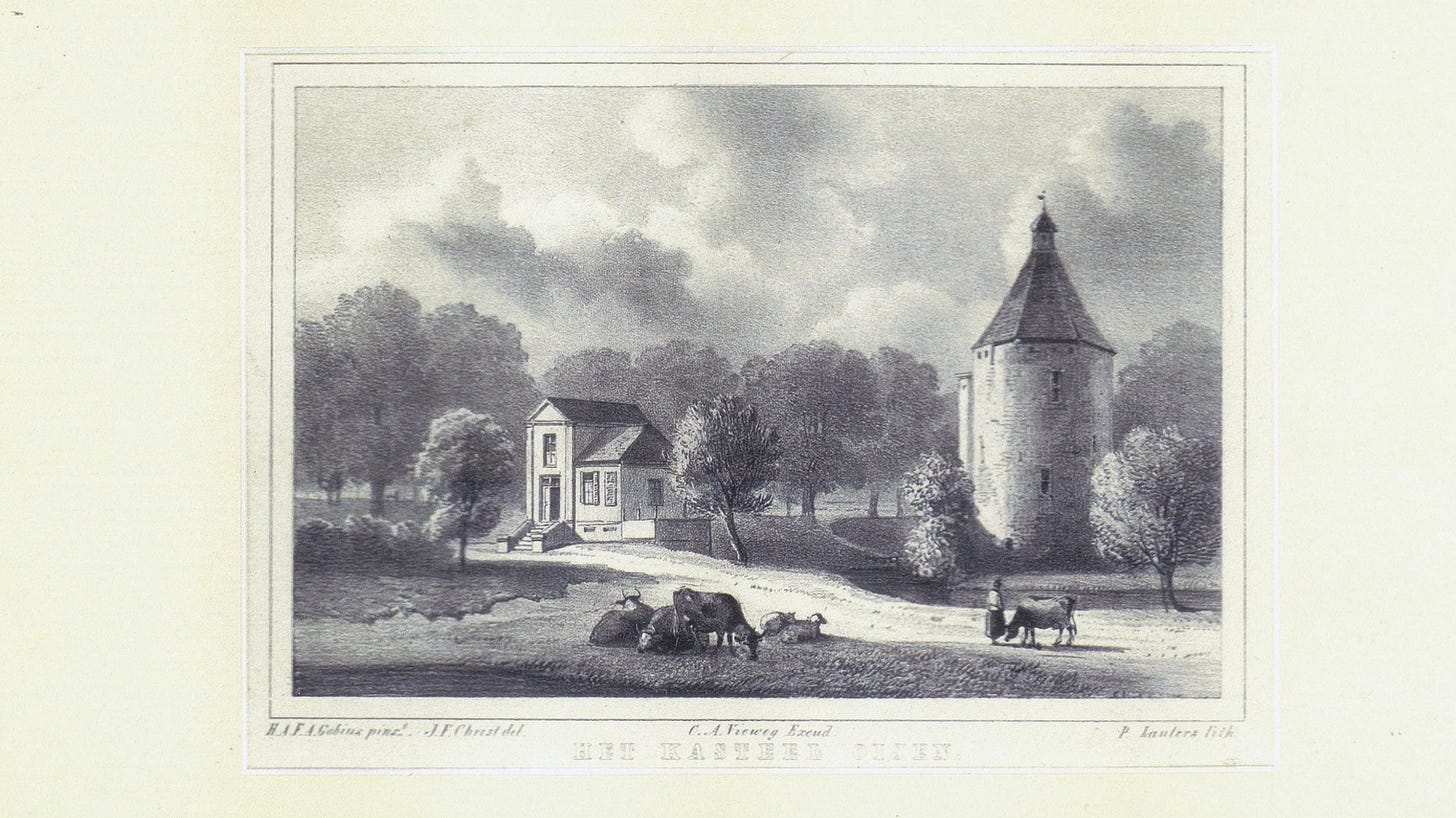Crafting their ways into unknown days,
finding a glimmer in a surreal maze,
societal bubbles tangled up by their cause,
time is too short to amend the laws.
Moral high-grounds will not sustain.
Eminent but hollow, they disguise the plain,
while the world hears the beehive humming,
they should state the future more forthcoming.
Water is rising, we need to move,
faster than any constitution can improve.
The climate does not share our human value,
salt water drowns (and tastes bad too).

During all this, a country in our neighbourhood,
without my consent, I'd stop it if I could,
in their own righteousness, all allowed,
villages, cultures and graves are duly ploughed.
For the sake of temporary needs,
a modern government can do wicked deeds,
disregarding the people's precious Heimat,
fuelling the power with the history of Immerath.

However, painful yet I turn,
might be a lesson here to learn.
We knew, we did, we dared to do,
while building our rivers, we did so too.
Gansoyen was also families turf,
in favour of all and with required nerve,
our government, harsh but well-timed1,
had village's dead-sentence duly signed.
In 1883, we followed Willem III to our destiny2,
so I state poetic and fearful carefully:
Let's read Bregman's letter with this in mind,
and stop running through this maze all blind.
The value of land I state confused,
can in politics be costly misused.
People always matter more,
defining borders is a political chore.
As an outsider, I can say it blunt,
the coasts are now our battlefront.
I state, despite how harsh it sounds,
only living man can move to higher grounds.
Dear chosen body sovereign and free,
there might be home grounds yet to flee.
Lead the discussion, carry the burden,
to guide us out this maze uncertain.
Well, this needs some nuancing. The first idea for changing the routes of the Dutch waterways, by Dr. Krayenhoff (1758-1840) dates to 1823. William III's law dates to 1883, the works were finished in 1904 and in 1925/26 there was a devastating flooding of the river Maas.
Two hamlets Hagoort and Gansoijen were destroyed in the construction of the Bergsche Maas canal in 1894.



